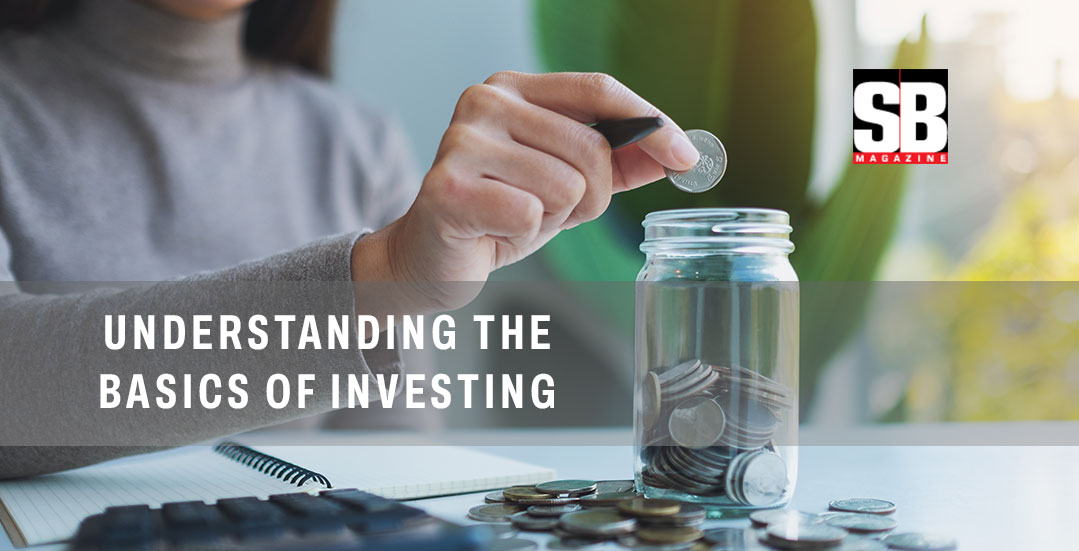Investing is a common way for people to build wealth. But it can take many forms and involve different levels of risk. What makes sense will differ from person to person.
Why? Because everyone’s financial circumstances are different. What may be good advice for a 23-year-old just leaving college and entering the workforce may not be the best course of action for a 57-year-old looking to preserve or even catch up in retirement savings.
Some investors may be able to afford a little risk in their investment portfolio … others may want to avoid risk at all costs. In addition, some folks may be able to manage their own budget and planning, but others may need a financial professional to sort out their situation.
Many investing options.
Complicating the situation is the variety of investment opportunities available. Most people participate in the market through retirement plans provided by their employer, which typically offer the chance to direct funds into stock and bond investments. Beyond that, the advent of online brokerages and electronic trading has opened the door for many people to construct their own investment portfolios ranging from individual stocks and bonds to commodities and real estate.
And there are additional opportunities with private equity funds and online funding ventures like Kickstarter.
In addition, investment vehicles have become varied as well. There is a wide spectrum of ETFs and mutual funds available beyond the world of stocks and bonds. And more and more exotic mechanisms, like digital currency and derivative investments, are entering the market.
The investment world is broad and varied. But through it all, are some basic principles and stock market basics all investors should understand and keep in mind.
Basics of investing
Risk: All investments have risk. How much risk typically depends on the type of investment. Understanding the risks involved, both in investing and in specific investments, is essential before committing any money.
For example, bank certificates of deposit (CDs) and U.S. Treasury bonds are generally considered lower risk than stocks or shares in a venture fund. But CDs and bonds typically command lower rates of return, because they are less risky. The general rule is the higher the risk, the higher the potential rate of return. But rates of return outside of CDs and Treasury bonds — and particularly for investments tied to markets — are not guaranteed.
Nor is there such a thing as a safe investment. History is replete with examples of investments people thought were “safe” going down in value.
So why invest at all? Because it’s a way that has proven, over time, to build wealth. It’s also a way to counter inflation, which is the loss of value in savings because of general increases in prices and costs.
So, a good step for any investor, is to understand how much risk they are willing to accept.
Additionally, all investors should recognize that their risk profile may change over time and so they may want to periodically reevaluate their position.
Diversification: Here’s a common bit of advice: “Don’t put all your eggs in one basket.” The same advice applies to investment portfolios. If all your investments are in the same type of asset class, say stocks, and that investment area suffers a setback, a market correction for example, then your portfolio will suffer likewise. If your investments are spread out over different investment categories, say a mix of stocks, bonds, and mutual funds, then the damage from a particular downturn will be limited.
For that reason, many investors divide their holdings among different types of investments. And some carry the strategy further, divvying up stock holdings between large companies and small companies, for example. Others still look to vehicles like insurance and annuities to vary their investment mix even more.
Asset allocation: How does one diversify? Typically, the choices you make will depend on your age and risk tolerance. Generally, when you’re older, you want to have less risk in your investments, since you will have less time to make up for a loss. As a result, older investors tend to want a greater proportion of bond holdings in their portfolio than younger investors, because bonds are considered less risky than stocks for the most part. On the other hand, younger investors may be willing to accept more portfolio risk in exchange for the possibility of higher returns, since they have a longer investment horizon to make up possible losses.
Dollar-Cost Averaging: Buying stocks and other investments at regular intervals in fixed dollar amounts is a strategy followed by many investors. This system reduces the average purchase price of the stocks in a portfolio, regardless of which direction the market is moving. That’s because as the prices of securities being purchased rise, fewer units are bought, and vice versa.
The practice of dollar-cost averaging doesn’t eliminate risk. But, by lowering the average purchase price, it does help prevent investors from overbuying shares in the face of a market retreat. However, it also means gains are limited in the face of a market spike.
“When stocks go down, people often get fearful and sell,” said the Financial Industry Regulatory Authority in a discussion of the practice. “Then, when the market goes back up, they might miss out on potential gains. On the flip side, when the stock market goes up, investors might be tempted to rush in. But they could end up buying just as stocks are about to drop. Dollar-cost averaging can help take the emotion out of investing. It compels you to continue investing the same (or roughly the same) amount regardless of the market’s fluctuations, potentially helping you avoid the temptation to time the market.”
Steady investment strategy
Some investors, especially those willing to commit time to market study and research, may elect to move into more complex and sophisticated strategies and systems. Indeed, there are people who decide to become professional investors.
Most people, however, have careers and make a living in other ways, and use investment to build wealth and prepare for retirement. And so, they regularly put their earnings in a well-diversified portfolio and reinvest any gains along the way.
Of course, the level of investment and financial goals can differ from individual to individual. Many people opt to consult a financial professional to set an investment plan. But for most people, regular and steady investing can help them win the race.
Provided by Brian B Addy a financial representative with Magnolia Wealth Strategies courtesy of Massachusetts Mutual Life Insurance Company (MassMutual).
2023 Massachusetts Mutual Life Insurance Company, Springfield, MA 01111-0001 MM202601-303986










